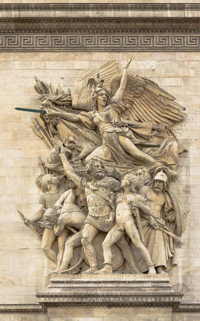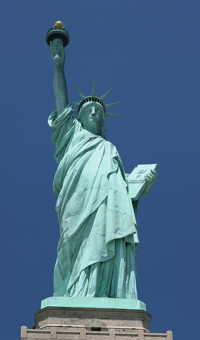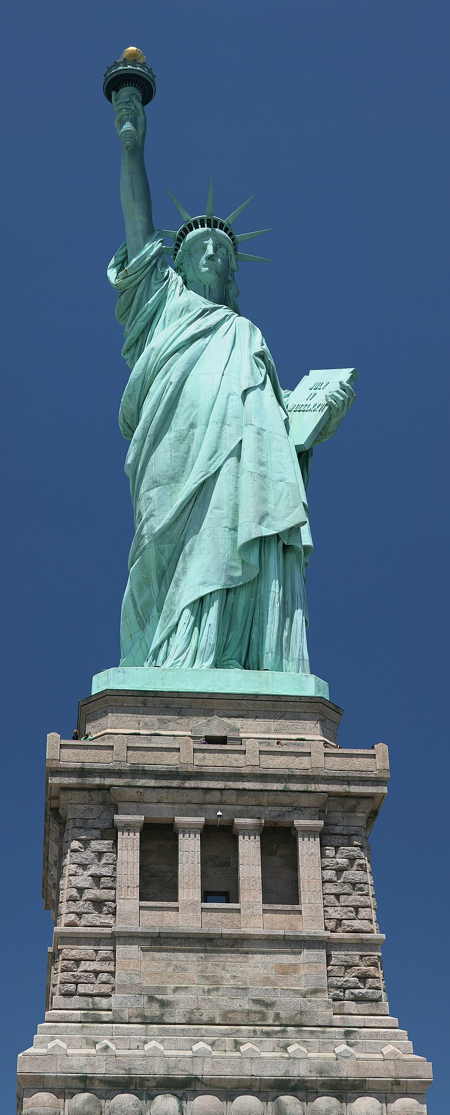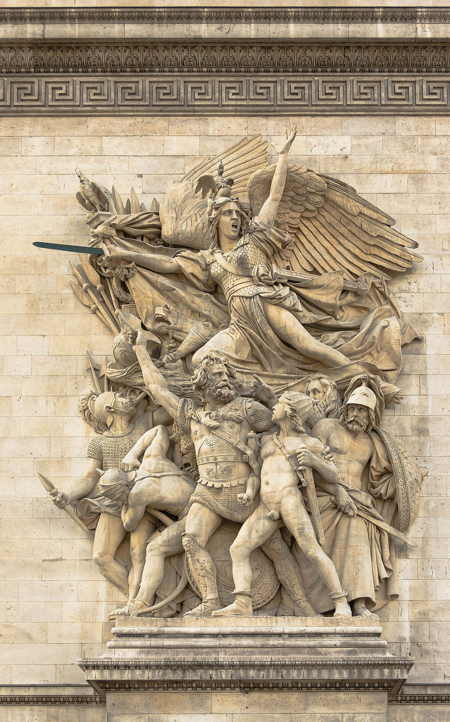[Note: This post is part of a series on the History of the Classical Liberal Tradition]
The “Two Faced” Nature of CL


[The revolutionary Marianne with a sword in her hand vs. the conservative Marianne with a torch and constitution in her hands.]
There are two different “faces” or “aspects” to CL which it has shown us over the centuries. This first face is a conservative one, where individuals resist changes that are imposed on them by the state such as changes to their traditional religious, social, political beliefs and practices which these individuals regard as their historical or traditional “rights” and “privileges.” The second face is a “revolutionary” one, where individuals see the possibilities of extending their traditional liberties by going further in new directions which their thinking has revealed to them as consistent, possible, and desirable. Sometimes this is not the intention of those who wish to protect their existing liberties from encroachment, but they use language (often about universal “natural rights”) which initially is intended to protect the liberties of a small and select group but which the excluded groups later come to believe can and should apply equally to them as well. This might be called an example of “the unintended consequences of ideas.”
The Conservative Face of CL

Some examples of the “conservative” face of CL where individuals are trying to “conserve” or protect traditional liberties and privileges which they already have from encroachment by the state include:
- a state acquires new territory, though dynastic marriage or war, or when a ruler converts to another religion, and then tries to ban or repress the different religious ideas and practices of his subjects. This was a common problem during the Reformation but it also was serious problem much earlier when the state would undertake “crusades” against unorthodox and dissident religions, as the Albigensians
- a state introduces new taxes to pay for a war, or imposes conscription to get troops for the army, and people resent paying these new burdens, thus triggering tax revolts, such as happened during the 17th century
- a king might sign an agreement to limit the imposition of taxes, or make promises not to engage in certain activities and then reneges on these agreements, thus forcing the people involved to demand redress (e.g. Magna Carta and the various versions which came after it)
- a very good example were the North American colonists in mid-18thC who, after having enjoyed a lengthy period of “salutary neglect” from Imperial England, reacted adversely to the new taxes or the more stringently enforced existing taxation to pay for the French-Indian Wars, thus triggering the American Revolution
The Revolutionary Face of CL

Some examples of the “revolutionary” face of CL, where individuals see the possibilities of extending the range of liberty by applying liberal ideas in new and possibly unexpected, but consistent ways. For example:
- some strong believers in individual liberty might want to see others who have traditionally been excluded from enjoying such freedom brought “into the fold” (as it were). The best example of this are the Quakers and other religious radicals who strove to abolish slavery in the late 18th and early 19th centuries. Another example might the bureaucrats and government officials in the states of central and eastern Europe who, under the influence of the writings of Adam Smith and his followers, strove to abolish serfdom “from the top down”, which they largely achieved in 1848.
- those who act to defend their own liberties and privileges sometimes use language which they did not intend to apply to other groups but who later find that these other groups read this language in an “unintended”manner and think it applies to the as well and equally. I am thinking here of the “Founding Fathers” of the American Declaration of Independence and Constitution (many of whom were slave owners) and black slaves or ex-slaves like Frederick Douglass who had a very different but logical and consistent reading of the Declaration of Independence. One might also think of women and gays as other excluded groups who thought the principles of the Declaration were universal and valid to all individuals, in all places, and at all times. They then of course took action to realise this liberal goal.
- another example might be when someone inspired by liberal ideas applies them in a completely new, radically pro-freedom direction which has never existed before. This might include the idea of universal free trade (Adam Smith, Frédéric Bastiat) and the voluntary or private provision of all public goods, such as roads, police, and national defence (Gustave de Molinari).
The conclusion one should draw from this is that CL draws upon both “conservative” and “revolutionary” motives in its struggle to create or re-create a free society. It all depends on the historical context and the people involved.
On the different depictions of “Marianne” (Liberty) see, Maurice Agulhon, Marianne into Battle: Republican imagery and symbolism in France, 1789–1880 (Cambridge University Press, 1981).
